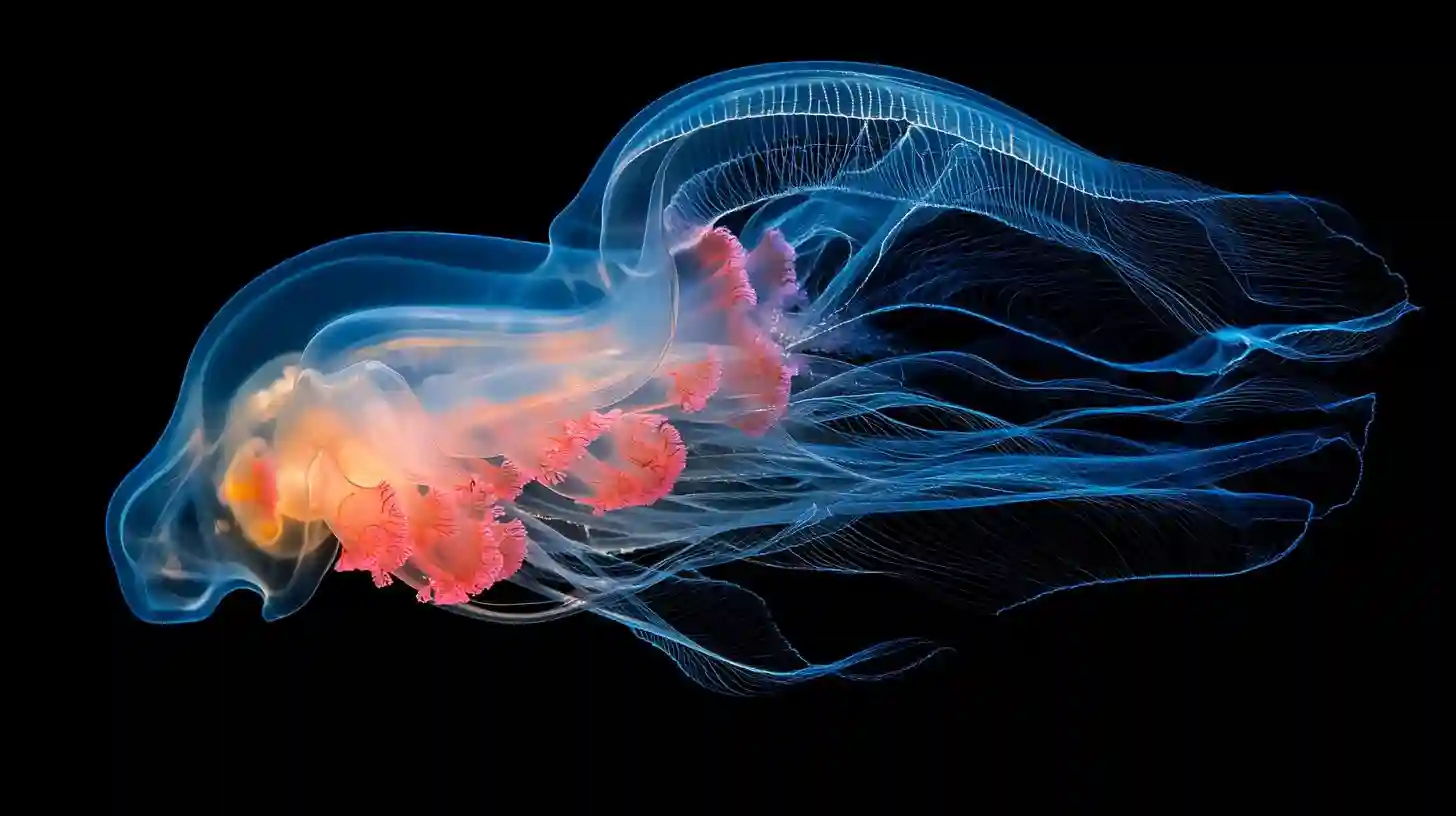
The deep sea has long been regarded as one of the last frontiers on Earth, home to some of the most enigmatic creatures that have evolved to thrive in extreme conditions. Recent explorations have unveiled a new species of jellyfish, a creature that not only captivates with its ethereal beauty but also offers insights into the complex dynamics of deep-sea ecosystems. The discovery of this jellyfish adds to the immense biodiversity found in oceanic depths, showcasing the intricate relationships between organisms that inhabit these dark and nutrient-poor environments.
This newly identified jellyfish, which displays a mesmerizing bioluminescence, has sparked interest among marine biologists. Its unique characteristics represent an evolutionary response to the challenges of deep-sea living, where light is scarce and competition for resources is fierce. Bioluminescence serves multiple purposes; it can be a defense mechanism, allowing the jellyfish to confuse predators or attract mates. Additionally, it may contribute to the jellyfish's role in the food web, acting as a lure for smaller fish and plankton in the darkness of the ocean's depths.
Understanding the ecology of this jellyfish reveals the interconnectedness of life forms beneath the surface. The deep sea is not as barren as once thought; in fact, it teems with organisms that share complex relationships. This jellyfish may serve as both predator and prey, playing a crucial role in energy transfer within the ecosystem. Its hunting strategies may involve using tentacles to capture zooplankton, a primary food source. Conversely, it may itself fall prey to larger species, reinforcing its role in the deep-sea food web.
In addition to its ecological significance, this jellyfish offers a glimpse into evolutionary adaptations. The pressures of living in extreme environments have shaped its physiology and behaviors, making it a fascinating subject for studying adaptation and survival strategies. Scientists are eager to explore how this jellyfish's characteristics compare to those of other species found in similar habitats. The findings could shed light on the evolutionary processes that shape life in the deep sea, highlighting features that enhance survival in a complex and often unforgiving landscape.
The discovery of this jellyfish underscores the importance of continued exploration and research in the world’s oceans. The vast expanses of the deep sea remain largely unexplored, with many species yet to be described. Advances in technology, such as remotely operated underwater vehicles and deep-sea submersibles, have made it possible to venture into these extreme environments, revealing previously hidden forms of life. As researchers delve deeper into the mysteries of the ocean, they uncover not only new species but also the intricate ecological networks that sustain them.
Furthermore, the study of such organisms is key to understanding the health of marine ecosystems. As human activities impose unprecedented pressures on oceanic environments, monitoring biodiversity becomes vital in assessing environmental changes. The presence of sensitive species, like the newly discovered jellyfish, may serve as biological indicators of ocean health. Researchers hope that by studying these creatures, they can gauge the impacts of climate change, pollution, and habitat destruction on deep-sea ecosystems, thereby aiding conservation efforts.
The implications of this jellyfish discovery extend beyond the scientific community. In a broader context, it raises awareness of the importance of ocean conservation and the need to protect deep-sea habitats. As exploration reveals the wealth of biodiversity present in the depths, it becomes increasingly apparent that these ecosystems deserve protection. Public interest and support for marine conservation initiatives are crucial for safeguarding not only this jellyfish but countless other species that play integral roles in their environments.
This new jellyfish has opened up a dialogue about the mysteries of the deep sea and the necessity of ongoing research. As scientists continue to explore and document the life forms that inhabit the ocean’s depths, they contribute to a growing narrative about the fragility and richness of marine ecosystems. The presence of such a creature highlights the wonders that remain to be discovered, serving as a reminder of the connections between all life on Earth and the shared responsibility to protect the planet’s oceans for future generations.